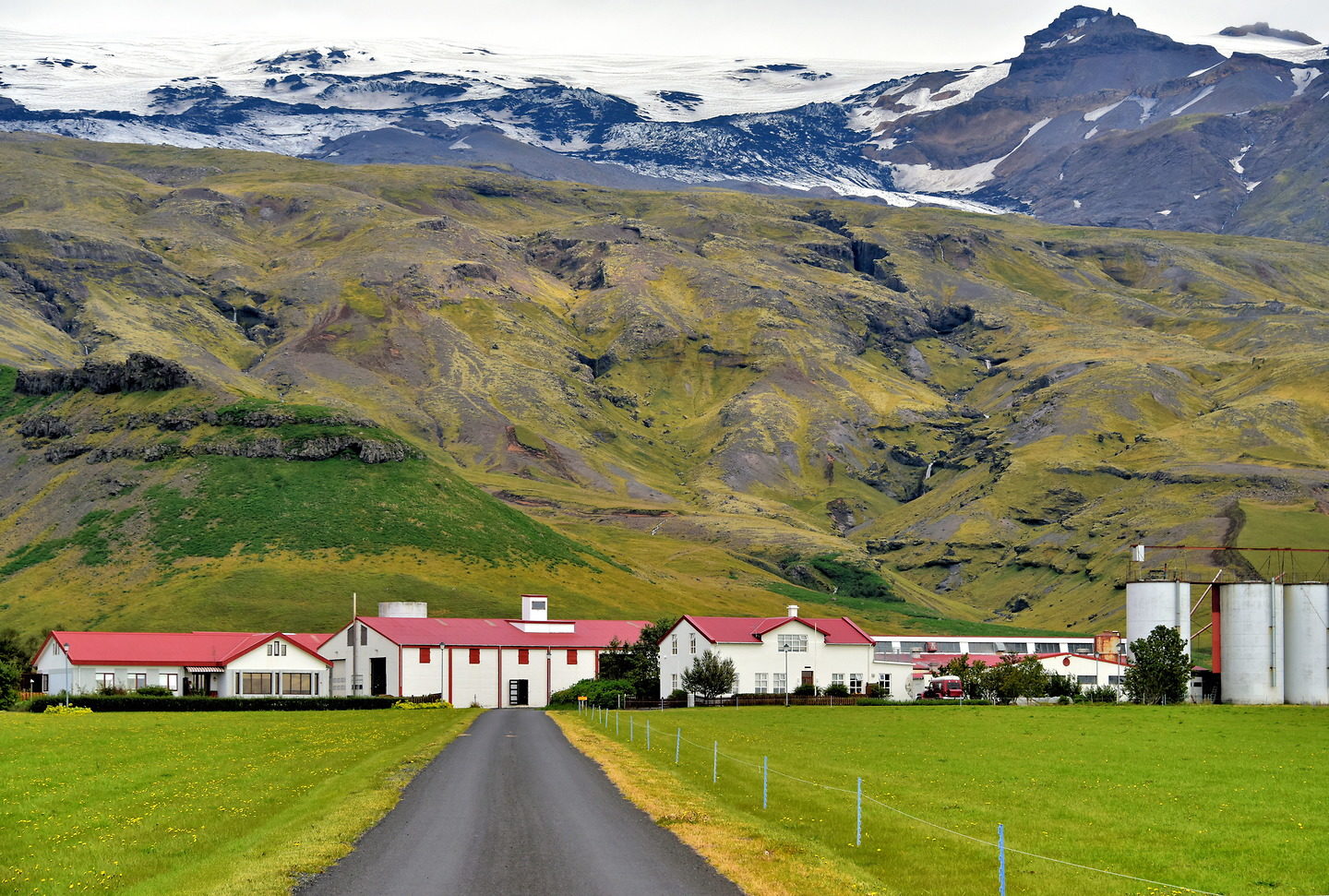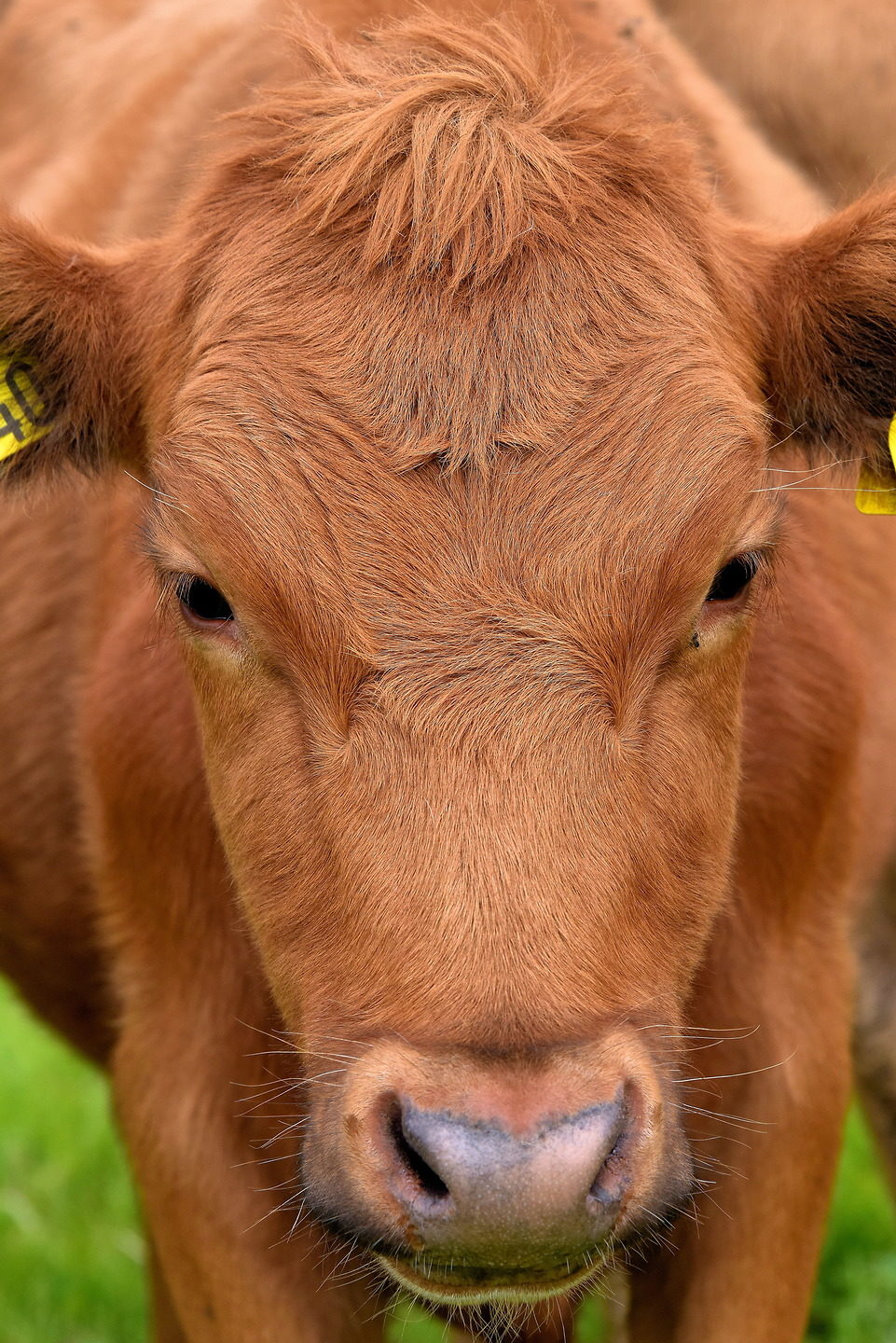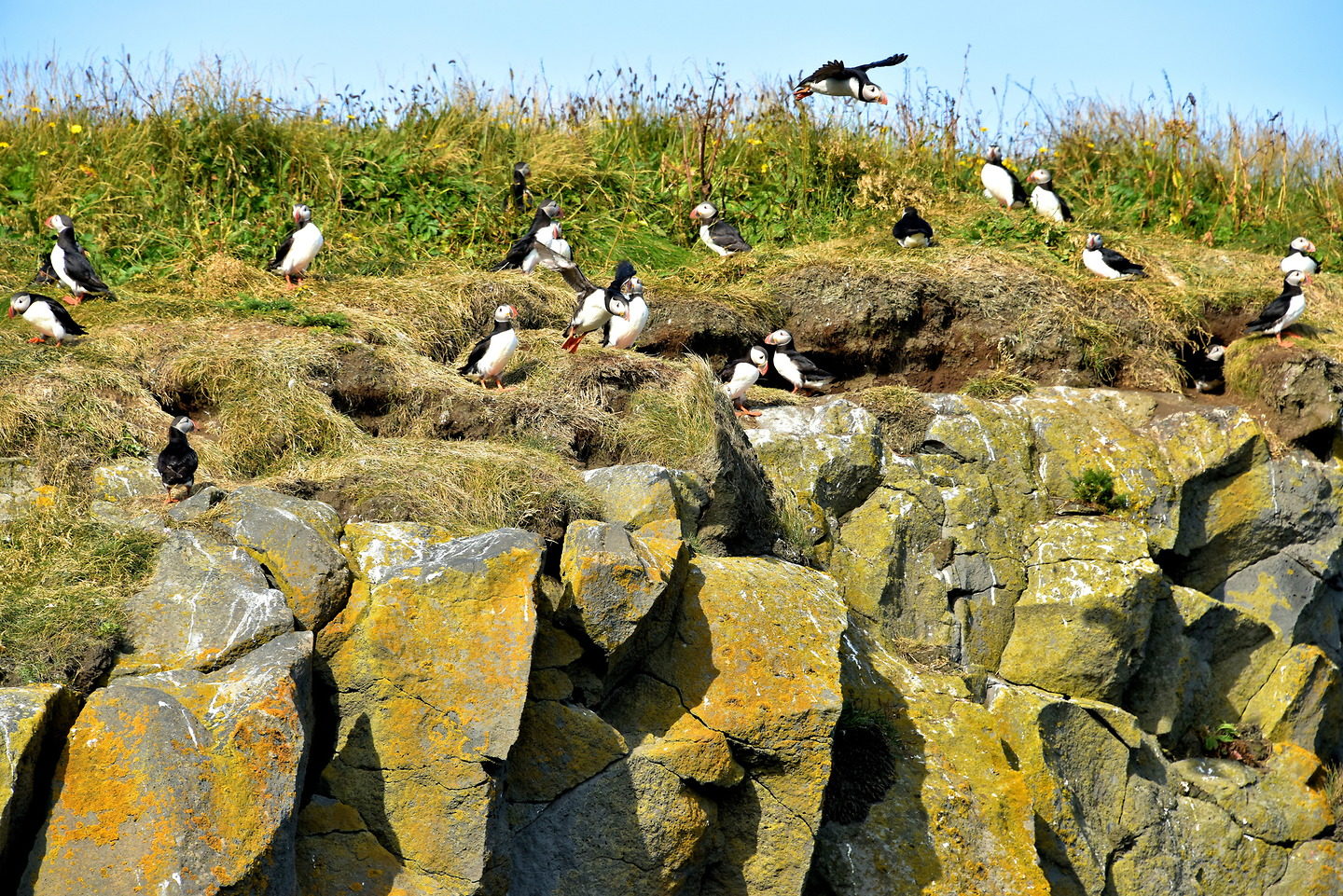Iceland’s most scenic drive is in the South Region from Seljalandsfoss to Jökulsárlón. Along 157 miles on Route 1 are enough incredible displays of nature to create a lifetime of memories. You will be dazzled by every spectacular waterfall, glacier, mountain, shoreline, sea spire and iceberg you encounter.





































